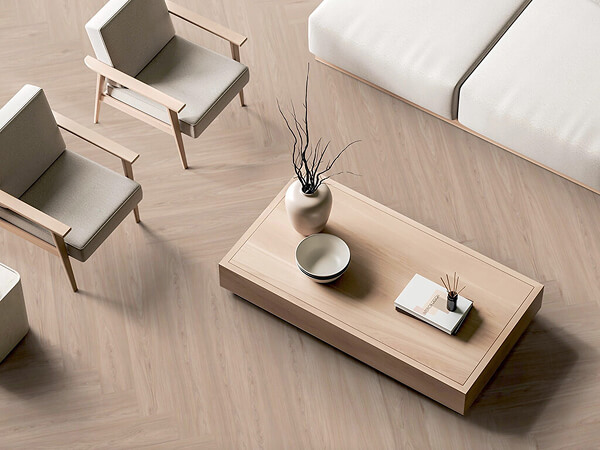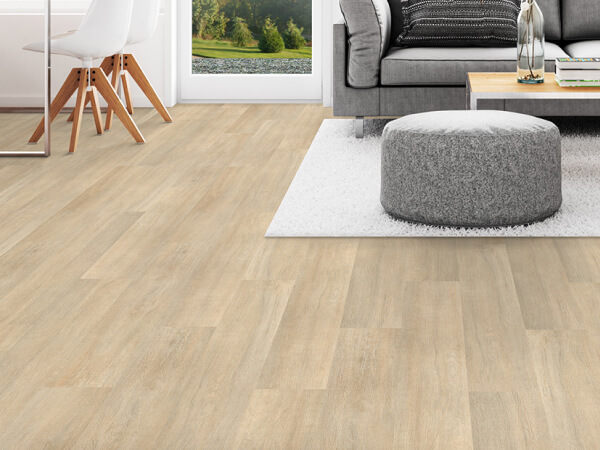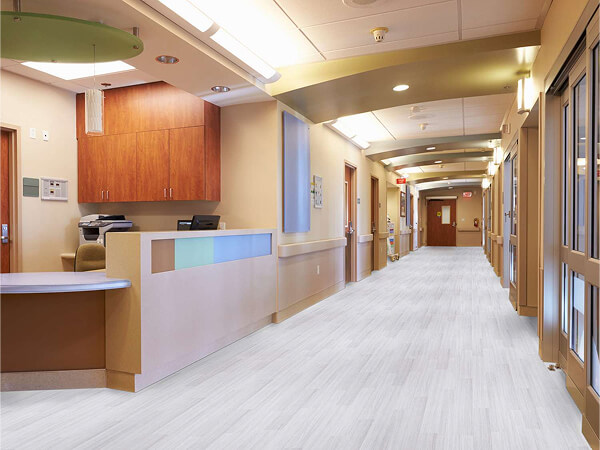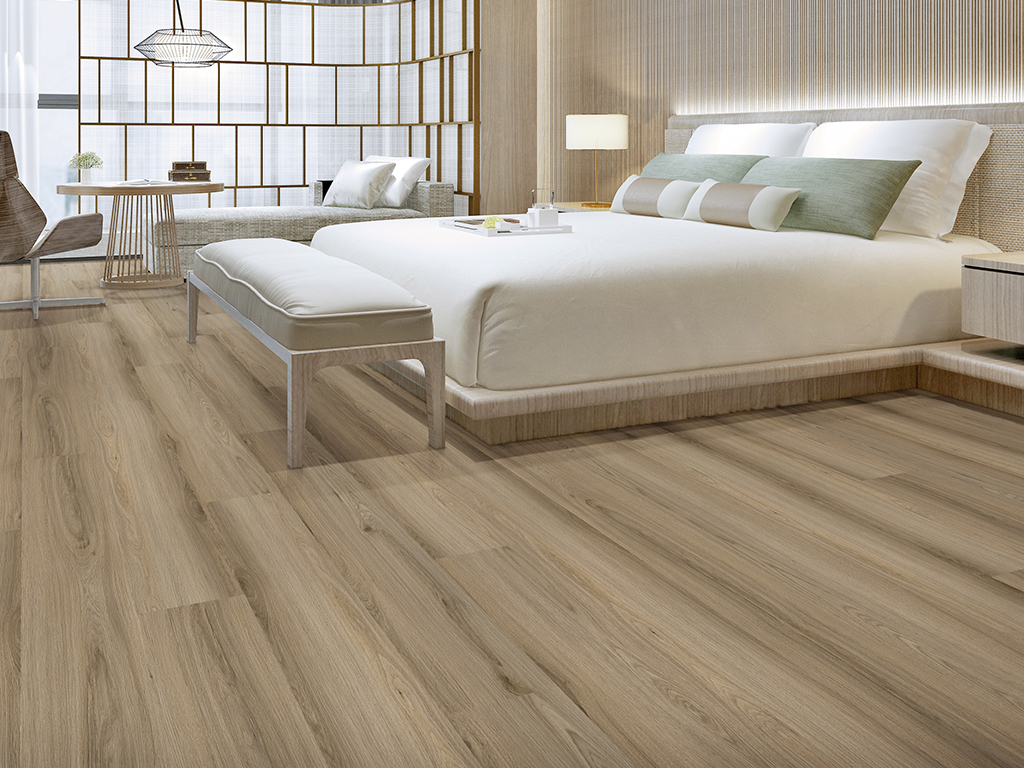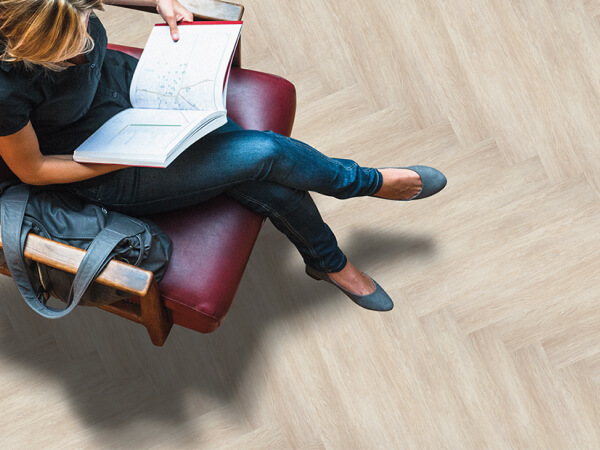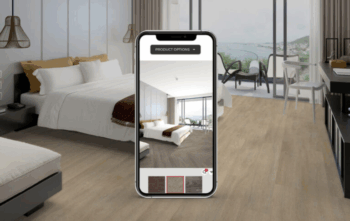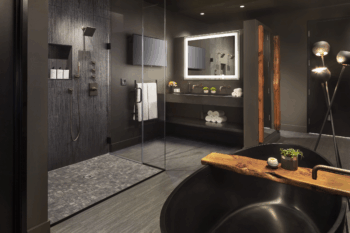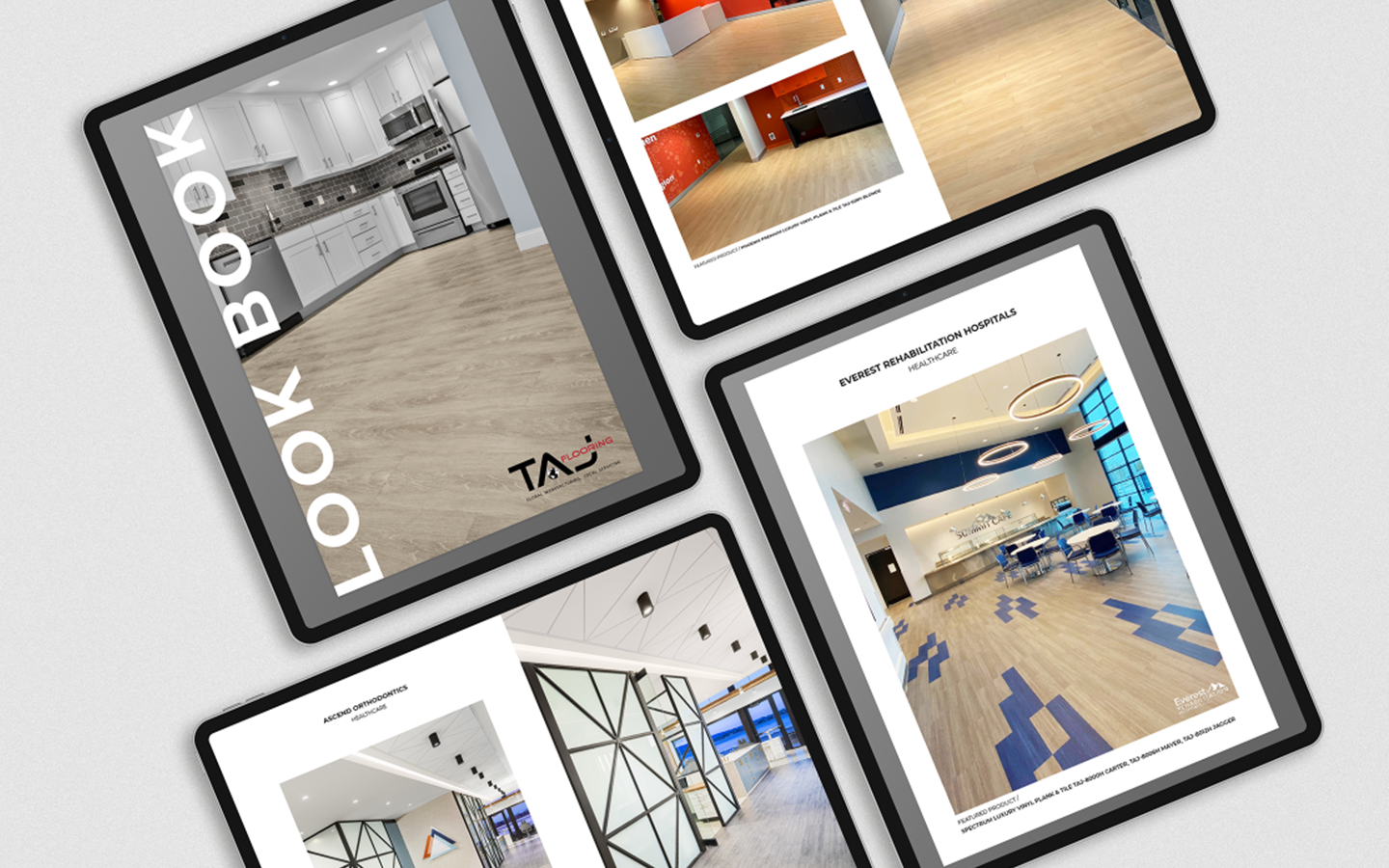Design Trends Shaping Healthcare Spaces in 2024
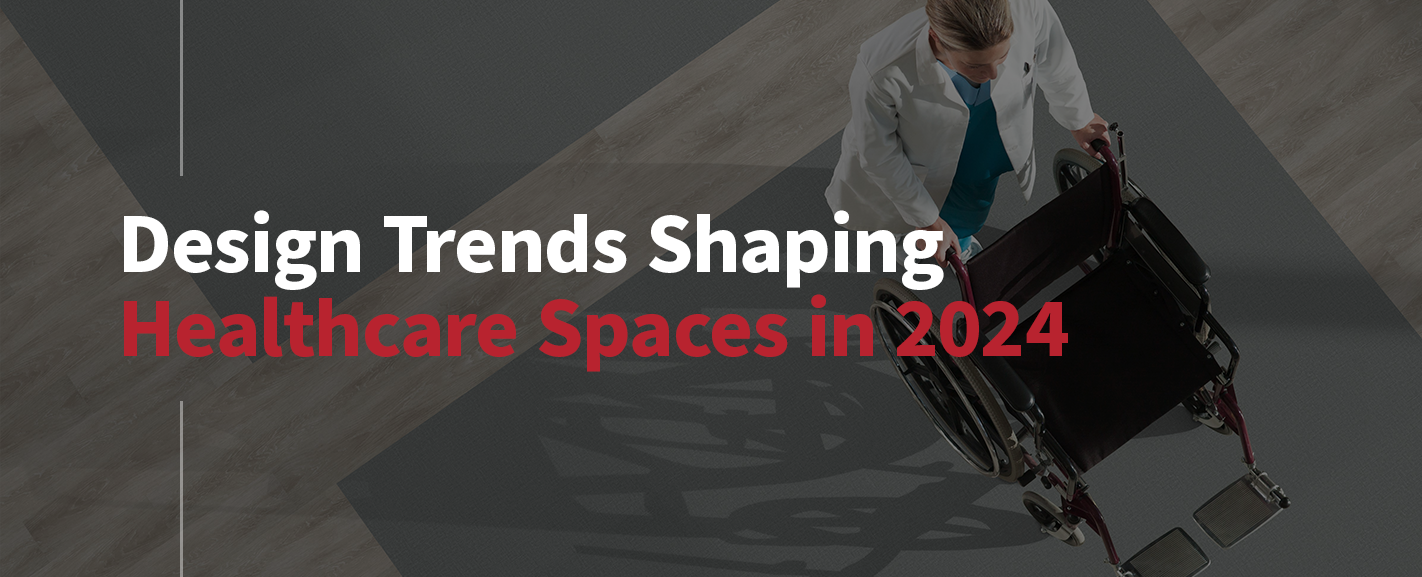
Healthcare design is undergoing a significant transformation; it’s no longer just about basic functionality. Modern healthcare interior design strives to craft environments that extend past traditional healthcare roles to encompass overall wellness and comfort. This shift toward “whole health” environments challenges interior designers and architects to think holistically, where every element — from spatial layout to material choices — plays a part in patient recovery and staff well-being.
This holistic approach includes reconsidering foundational elements, such as flooring, which are critical in shaping the ambiance and ensuring safety in healthcare settings.
In this article, we explore top trends in healthcare interior design, focusing on how they influence the aesthetics, functionality, and user experience of medical spaces. Special attention is given to the role of flooring to illustrate its impact on both practical and visual aspects of healthcare environments.
Healthcare Design and Why It Matters
Effective design in healthcare environments shapes patient experiences and staff performance. Medical facilities, which require significant investment in construction and maintenance, are intended to serve for decades. Given their long-term use and challenges in remodeling, it’s essential to make well-informed design decisions from the outset.
When considering healthcare design, there are several elements to consider:
- Physical construction: The building’s structure and durability ensure longevity and adaptability to changing healthcare needs.
- Ambient features: Attention to lighting, ventilation, and noise control create a comfortable and healing atmosphere.
- Interior design: Aesthetic choices, including color schemes and spatial arrangement, can significantly impact mood and functionality.
Luxury vinyl tile (LVT) flooring is a versatile solution in this context and demonstrates how a single element can address multiple design challenges, including:
- Durability and maintenance: LVT’s stability and ease of maintenance align with the long-term usage demands of healthcare facilities.
- Aesthetic flexibility: With a wide range of designs and textures, LVT flooring can enhance the visual appeal of healthcare spaces without compromising functionality.
- Health and safety: Its potential for slip resistance and ease of cleaning makes LVT a practical choice for environments where hygiene and safety are top priorities.
Examining these challenges in healthcare design leads us to a range of emerging trends. In the following sections, we’ll look at those trends, highlighting how choices such as LVT flooring support and enhance modern hospital interior design ideas.
1. Prioritizing Outcome-based Design
Outcome-based design has become a key focus, especially in light of the Affordable Care Act’s emphasis on health outcomes. This approach links the performance of healthcare facilities, including insurance and Medicare reimbursements, directly to the health outcomes of patients. This shift underscores the importance of designing spaces that actively contribute to patient recovery and overall well-being.
Recent studies and statistics shed light on critical factors influencing patient health outcomes, notably infection control and fall prevention. These elements are now at the forefront of healthcare design considerations. The next decade in healthcare design is expected to pivot around three main pillars: safety, technology, and comfort.
LVT flooring is a popular solution in this scenario, aligning with the goals of outcome-based design in the following ways:
- Moisture resistance and hygiene: LVT’s moisture-resistant properties and accessory products make it an ideal choice for healthcare settings where hygiene is paramount. Its easy-to-clean surface helps maintain a sterile environment for infection control. For additional protection in critical areas, resilient sheet vinyl offers the ability to flash cove the flooring-to-the-wall base and limits the seams with a welded finish.
- Slip resistance: Safety is a primary concern in healthcare facilities. LVT flooring’s surface is naturally slip-resistant, reducing the risk of falls among patients and staff. This feature is particularly vital in areas prone to spills or where patients with mobility issues are present.
- Aesthetic and comfort: While focusing on safety and hygiene, LVT also offers a range of designs and textures. This flexibility enables designers to create spaces that are not only functional but also visually pleasing and comforting, contributing to the overall patient experience.
2. Opting for a Stylish, Branded Look
The landscape of healthcare design is undergoing a significant shift, embracing a trend that blends function with fashion. This transformation is evident in the latest healthcare spaces, particularly in medical and dental practices, where design often plays a crucial role in patient experience.
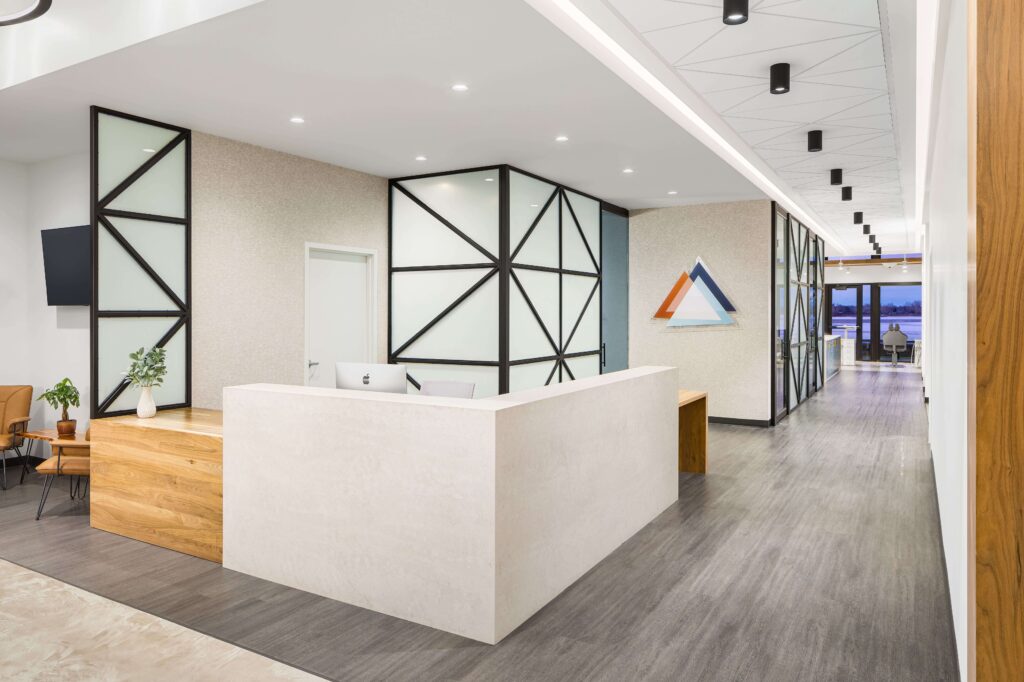
Ascend Orthodontics, featuring Big Apple, a luxury vinyl plank design from the TAJ Phoenix Premium Luxury Vinyl Plank and Tile collection.
Key aspects of this trend include:
- Personalized design: Moving away from the one-size-fits-all approach, healthcare spaces now adopt designs that reflect their unique brand identity. This personalization creates a more inviting and memorable experience for patients.
- Sophisticated aesthetics: Modern healthcare facilities are incorporating elements of contemporary design, with sleek lines and modern decor, to create a more upscale and less clinical environment.
- Comfort-focused layouts: The emphasis is on layouts that promote comfort and ease for patients. This includes spacious waiting areas, private consultation rooms, and patient-centric treatment areas.
- Color and texture: The use of color and texture is becoming more nuanced, with palettes and materials chosen to evoke calmness and comfort, moving away from the stark whites traditionally associated with medical facilities.
- Art and decor: Artwork and decorative elements are used to create a more homelike and less institutional feel. This can range from local artwork to themed decor that resonates with the community.
Luxury vinyl tile flooring fits seamlessly with these trends. Its versatility in design and texture allows it to complement a wide range of interior styles, from sleek and contemporary, to adding the warmth of rustic elements . LVT’s practical benefits, such as durability and ease of maintenance, make it an ideal choice for healthcare environments seeking both style and substance.
3. Implementing Biophilic Elements
Biophilic design is key to creating a healing environment in healthcare settings. This approach integrates elements of nature into a design, recognizing the positive impact it has on physical and emotional well-being.
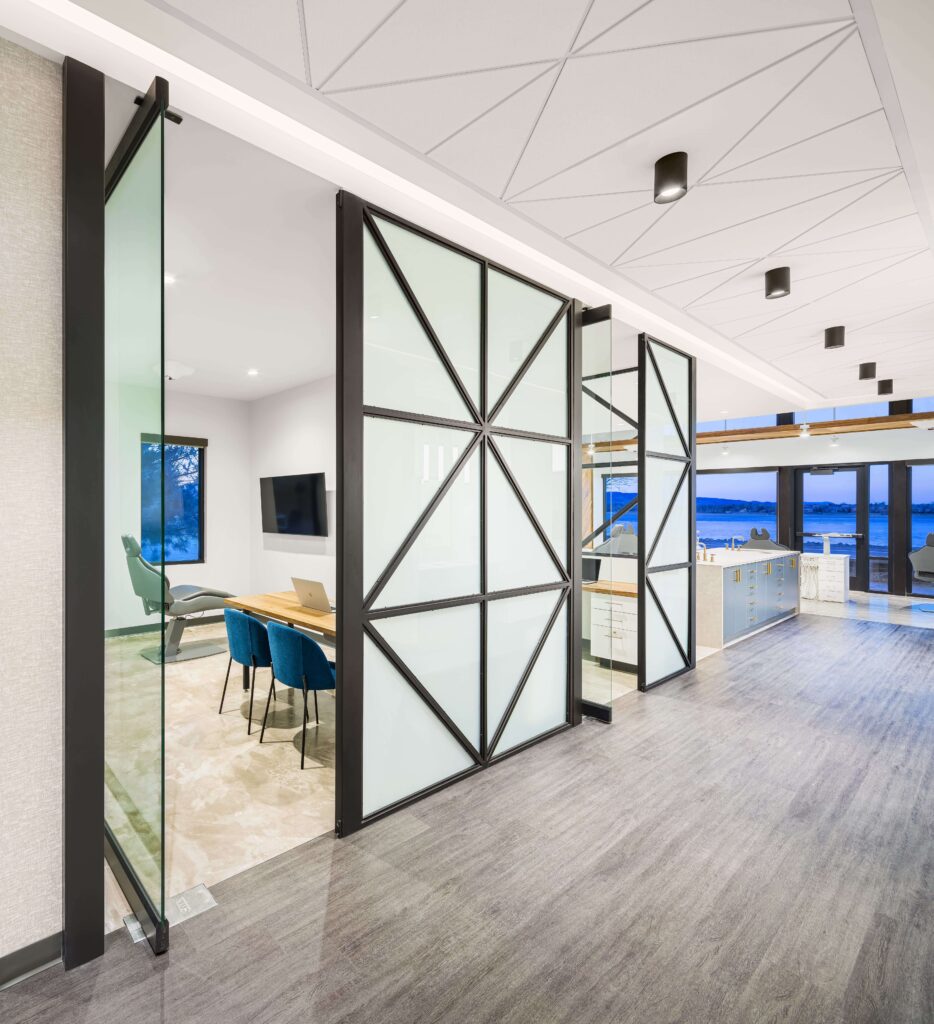
Ascend Orthodontics, featuring Big Apple, a luxury vinyl plank design from the TAJ Phoenix Premium Luxury Vinyl Plank and Tile collection.
RELATED: Read the full Ascend Orthodontics case study >>
Key components of biophilic design in healthcare include:
- Natural light: Can contribute to enhanced patient recovery.
- Calming natural elements: Indoor gardens or water features promote relaxation and social interaction.
- Fresh air and ventilation: Crucial for reducing stress and preventing the spread of infectious diseases.
- Sound absorbing materials: Minimize noise, reducing errors and fatigue for patients and staff.
- Visual connection with nature: Views of green spaces or the inclusion of natural elements in the interior uplift emotional well-being.
- Thermal and air variations: Mimic natural environmental conditions, enhancing comfort.
- Non-rhythmic sensory stimuli: Provide a varied sensory experience reminiscent of natural settings.
LVT flooring complements biophilic design by replicating natural patterns and textures, enhancing both the look and acoustics of healthcare spaces. It’s durable, easy to care for, and helps improve sound quality, making it ideal for contemporary settings inspired by nature.
4. Enhancing Wayfinding
Effective wayfinding in healthcare facilities is essential for a positive patient and visitor experience. The design and layout should facilitate easy navigation, reducing stress and confusion.
In these settings, wayfinding can be supported by LVT flooring’s unique ability to merge various colors and patterns seamlessly, eliminating the need for heavy transitions and reducing tripping hazards. This smooth integration ensures that rolling traffic, such as wheelchairs and medical carts, moves effortlessly across spaces, enhancing safety and navigation within healthcare facilities.
Luxury vinyl tile supports wayfinding in medical settings in the following ways:
- Ease of orientation: Clear and intuitive navigation is crucial in healthcare settings. LVT flooring can be used to create distinct patterns or color-coded paths that guide patients and visitors through the facility, making navigation straightforward and stress-free.
- Comfort and control: Providing clear directions enhances the sense of control for patients and visitors. Using different textures and colors of LVT flooring can demarcate areas and lead paths, contributing to a sense of ease and familiarity.
- Adopting retail and hospitality strategies: Just as retail and hospitality sectors use floor designs for navigation, healthcare facilities can implement similar strategies. LVT’s versatility in design allows for creative wayfinding solutions, guiding visitors through intuitive floor patterns and designs.
- Managing foot traffic flow and social distancing: In the context of COVID-19, managing traffic flow and maintaining safe distances is crucial. LVT flooring can be used to design floor layouts that naturally guide people, aiding in social distancing and traffic management.
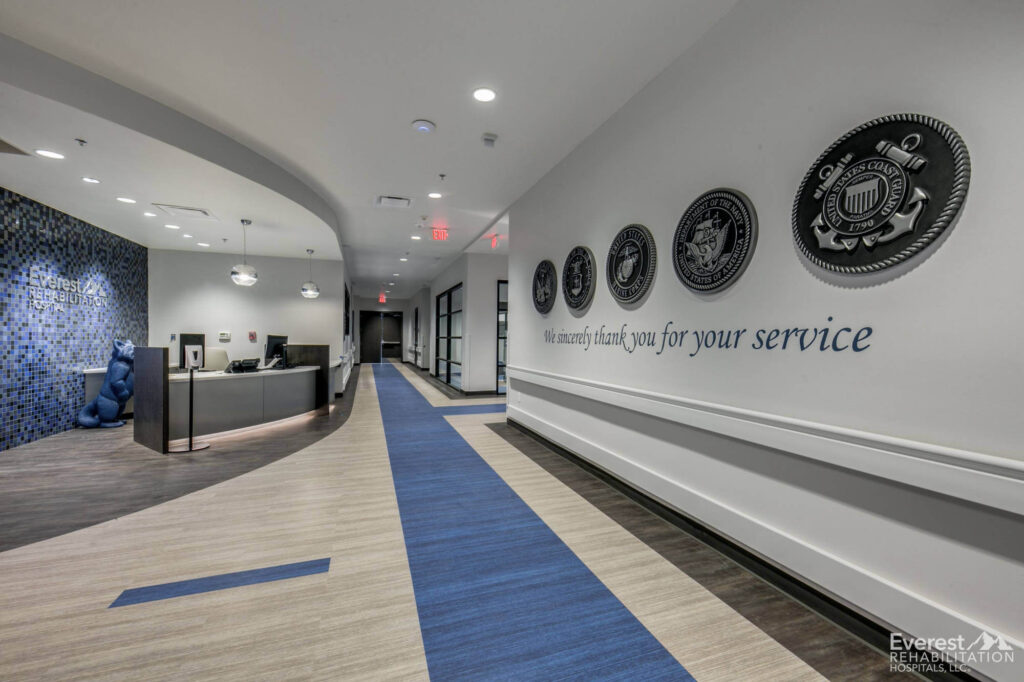
Everest Rehabilitation Hospitals featuring Spectrum luxury vinyl plank, Carter, Mayer and Jagger
By incorporating LVT flooring into wayfinding strategies, healthcare facilities can enhance their navigation systems, making them not only more efficient but also more welcoming and easier to navigate.
5. Being Mindful of Sound
Sound management is vital for enhancing patient recovery and aiding staff performance in healthcare environments. A quieter setting not only accelerates patient healing by lowering stress but also allows staff to focus and provide better care.
LVT flooring significantly contributes to these goals with its sound-dampening properties. The standard for commercial spaces is often a 3mm thick LVT, which already performs better in noise reduction compared to most hard-surface flooring options. For even more advanced sound absorption, we offer a 5mm Modular Acoustic Flooring option. This isn’t just any LVT — it’s designed with sound management in mind.
Our 5mm Modular Acoustic Flooring stands out because it’s built for high performance. It’s reinforced with fiberglass and includes five different layers, topped with a durable polyurethane finish. Among these layers is a central sound-absorbing layer, specifically engineered to minimize noise pollution. This feature makes the 5mm Modular Acoustic Flooring an ideal choice for healthcare facilities looking to improve acoustics and create a more serene environment.
Here’s how LVT flooring aids in effective sound management:
- Patient wellness: Architectural strategies focusing on reducing noise are crucial for patient areas. The sound-absorbing capabilities of LVT flooring, particularly our modular options, contribute significantly to creating peaceful spaces that facilitate recovery.
- Staff efficiency: For healthcare staff, a quieter workplace is essential for efficiency and concentration. LVT flooring, especially in office and reception areas, helps mitigate ambient noise, thereby enabling staff to focus better on their duties.
- Choosing the right materials for noise management: The selection of flooring material has a direct impact on the acoustic quality of healthcare spaces. The sound-absorbing properties of our LVT options, including the detailed features of our 5mm Modular Acoustic Flooring, make them preferred choices for areas where noise reduction is a priority, ensuring a quieter and more conducive environment for healing and work.
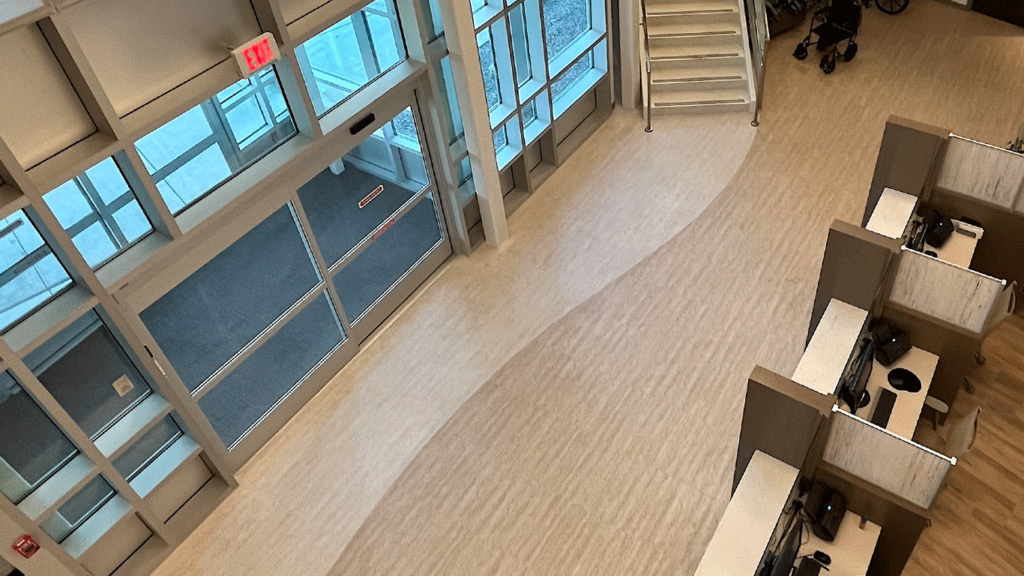
X-Ray Associates of New Mexico features stone-look designs Pearl and Fawn from Wavelength Modular Acoustic Flooring collection (5MM LVT).
Promote a Healing Environment Through Healthcare Design
Healthcare design’s core principles — outcome-based design, biophilic elements, effective wayfinding, and sound management — are essential in shaping healing environments.
At TAJ Flooring, we offer luxury vinyl tile solutions that align seamlessly with these principles, providing durability, aesthetic versatility, and functional benefits proven to be incredibly valuable.
TAJ Flooring is a go-to resource for designers ready to incorporate these principles into healthcare design projects. Contact us to find your representative and explore our LVT options that meet the unique demands of healthcare design. Find Your Rep

